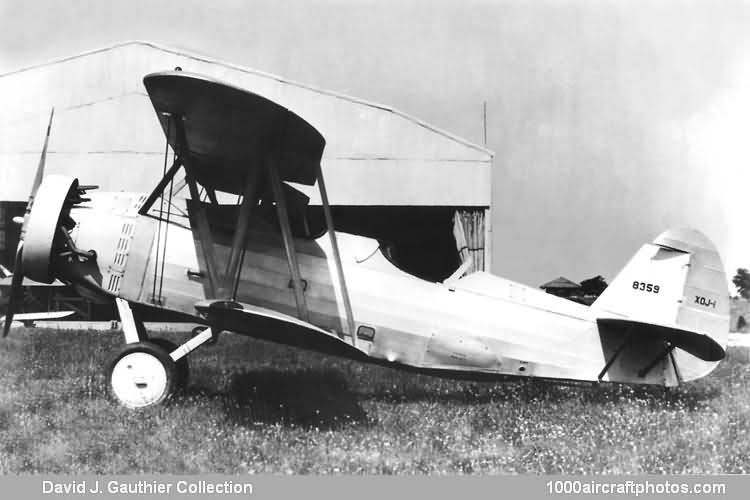07/31/2011. Bureau of Aeronautics Design No. 86 in 1930 was for a lightweight observation biplane suitable for use from the catapults of light cruisers. Keystone and Berliner Joyce built prototypes to this requirement, around the 400 hp Pratt & Whitney R-985-A Wasp Junior nine-cylinder air-cooled radial engine, they were designated XOK-1 (BuNo. A-8357) and XOJ-1 (BuNo. A-8359) respectively.
The XOJ-1 was built in series as the OJ-2 and 39 were built (BuNos. A-9187 to A-9204, A-9403 to A-9411, A-9572 to A-9583) and entered service in 1933. Squadrons VS-5B and VS-6B operated the OJ-2 as two-plane detachments on light cruisers until 1935, including the USS Concord (CL-10), USS Marblehead (CL12), USS Memphis (CL13), and USS Trenton (CL11). Thereafter they were mostly used by Naval Aviation Reserve Units as instrument trainers.
In 1934 the OJ-2 with BuNo. A-9196 was converted into the XOJ-3, which had a single 0.30 in (7.62 mm) machine gun in the top wing, an engine cowling, and both cockpits had a canopy. Subsequently the machine gun was removed and redesignated OJ-2 it ended its days at NAS Sand Point, Seattle, Washington, in early 1940.
